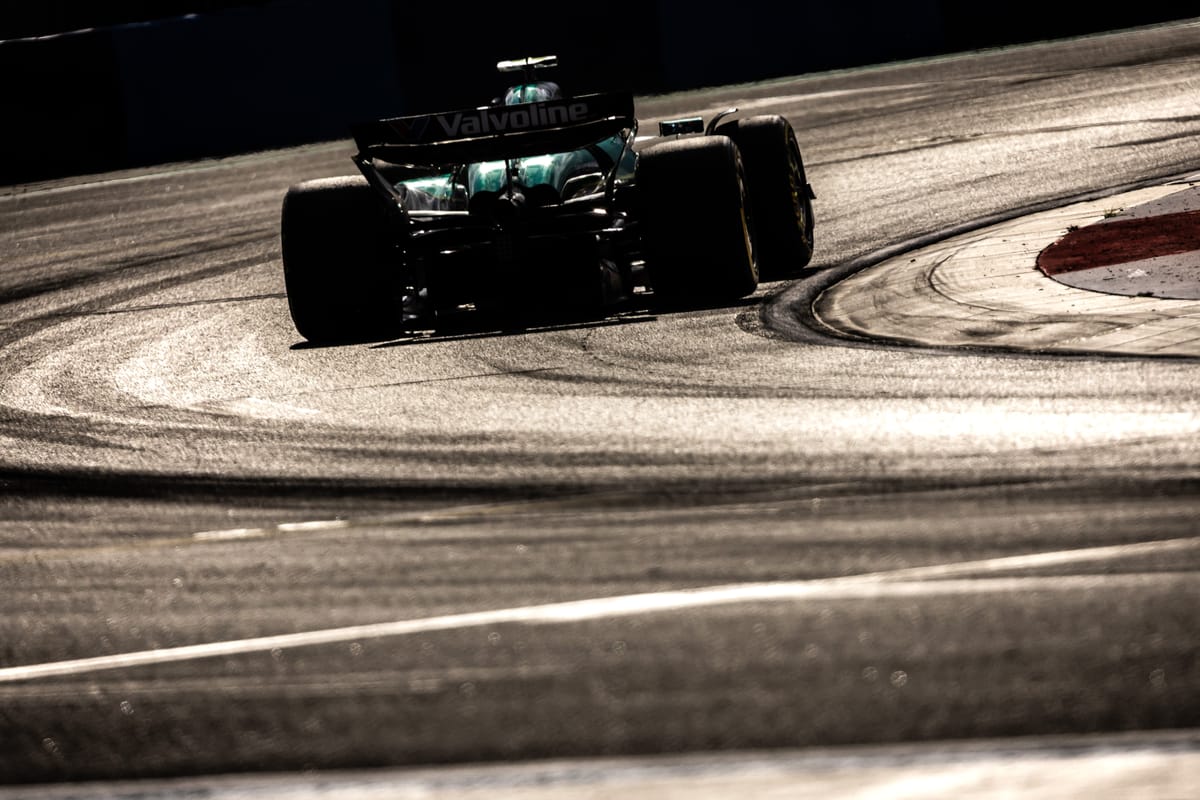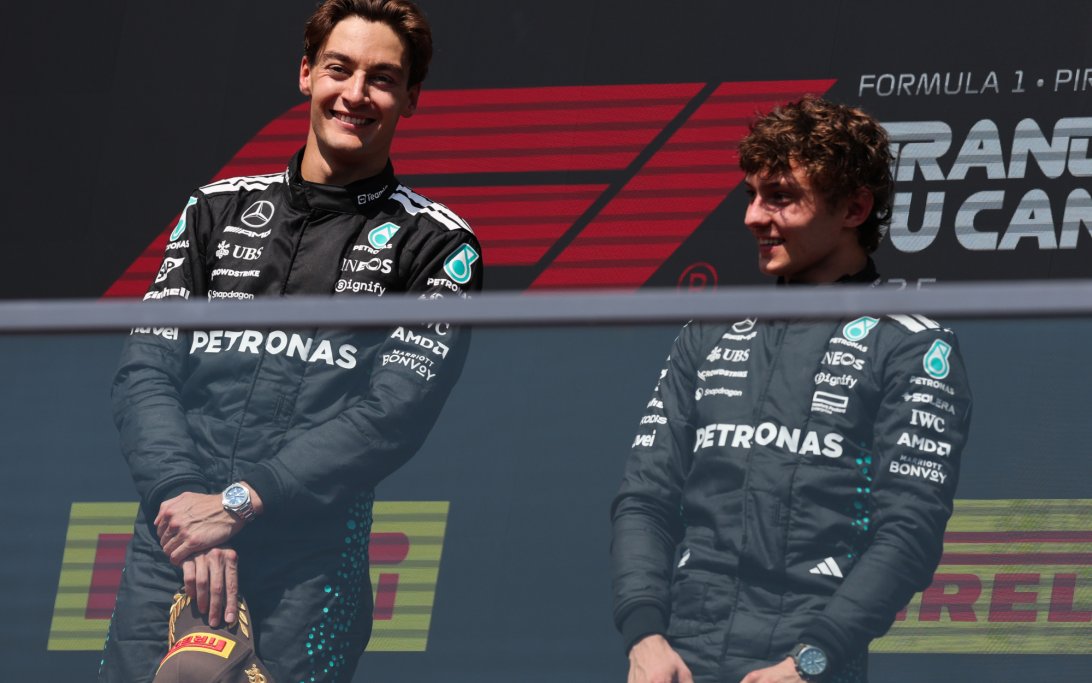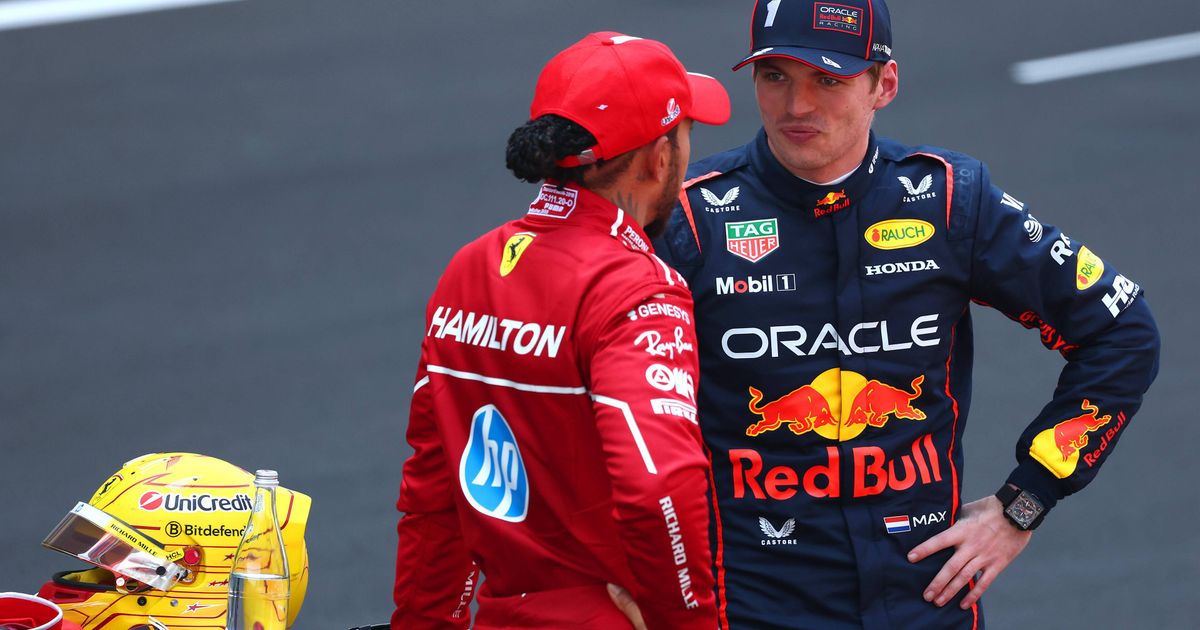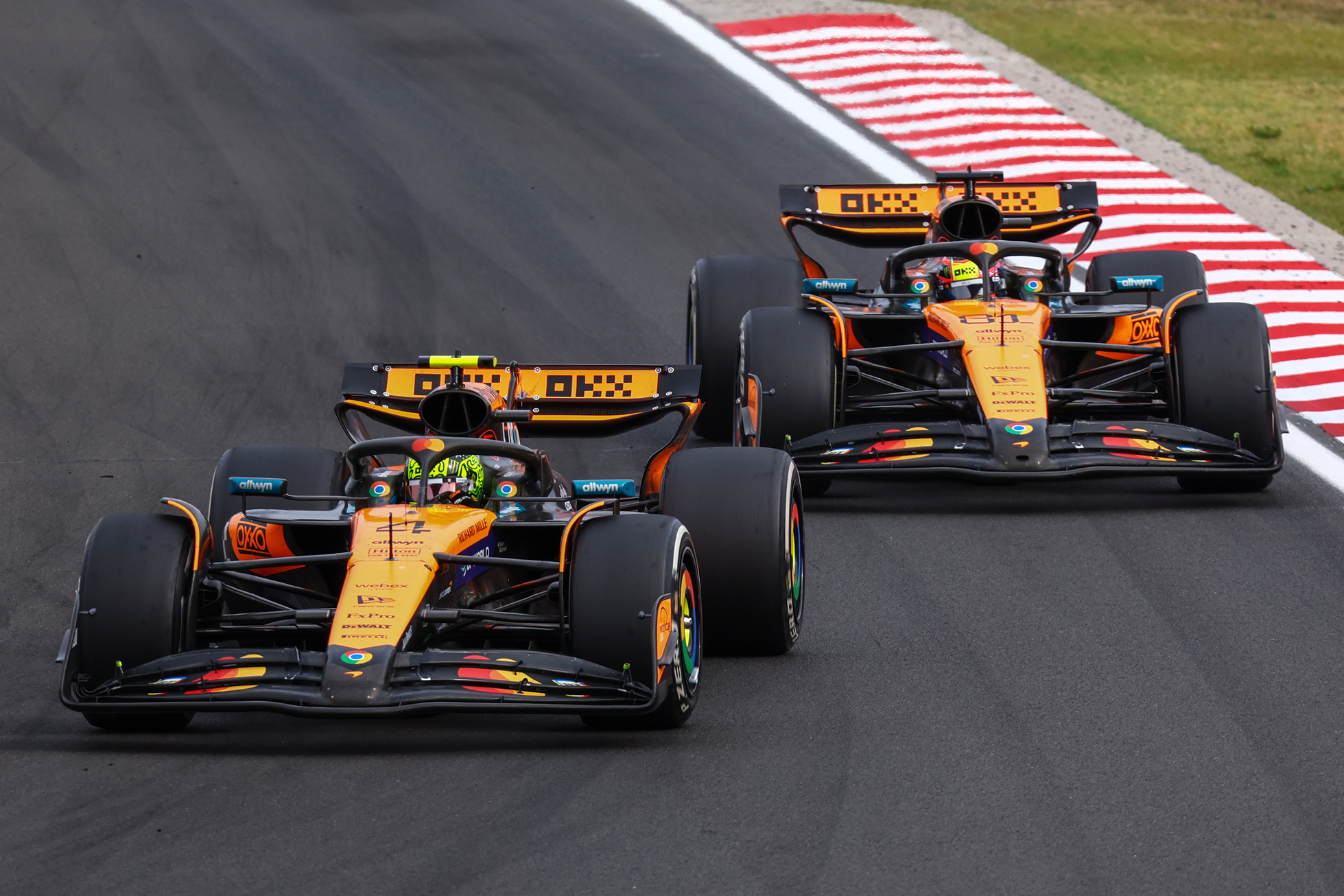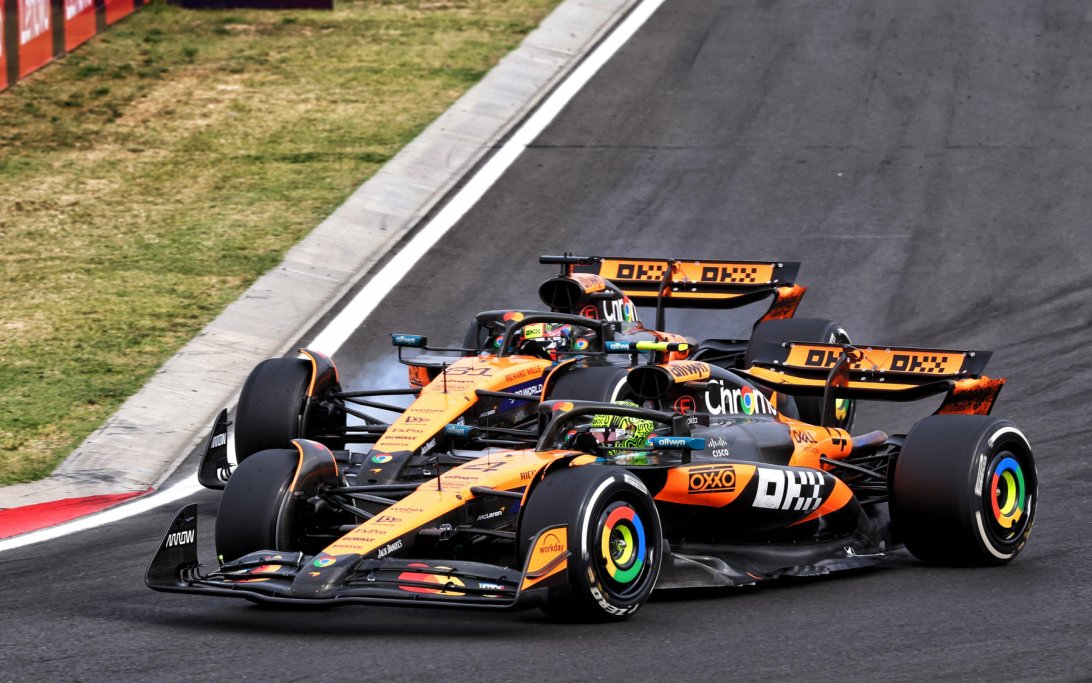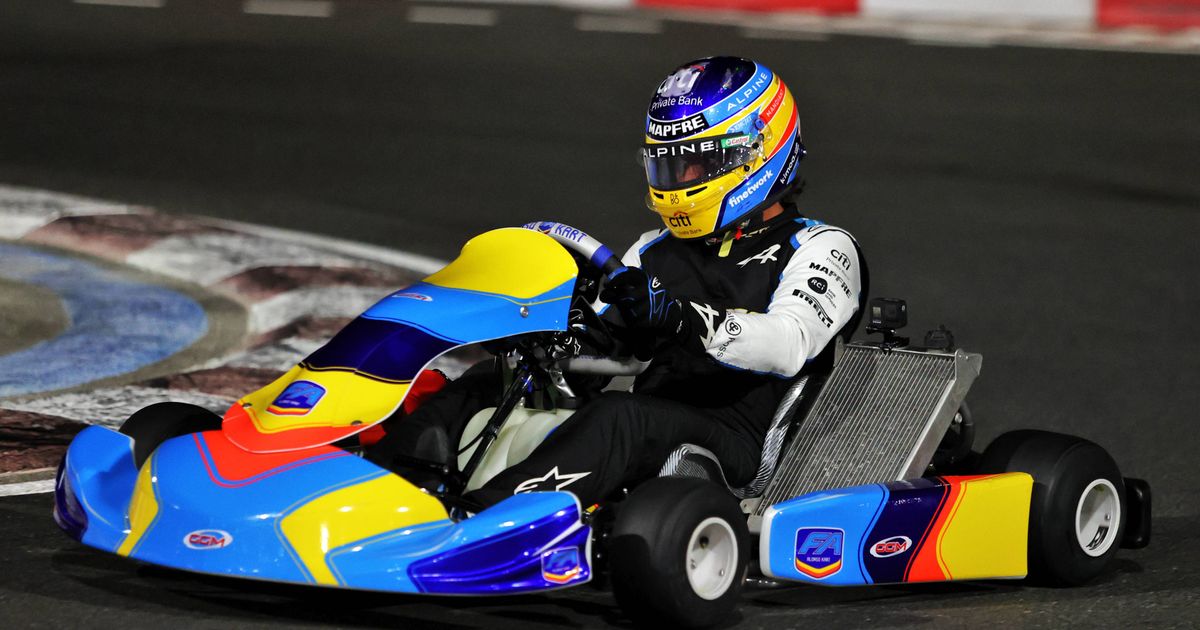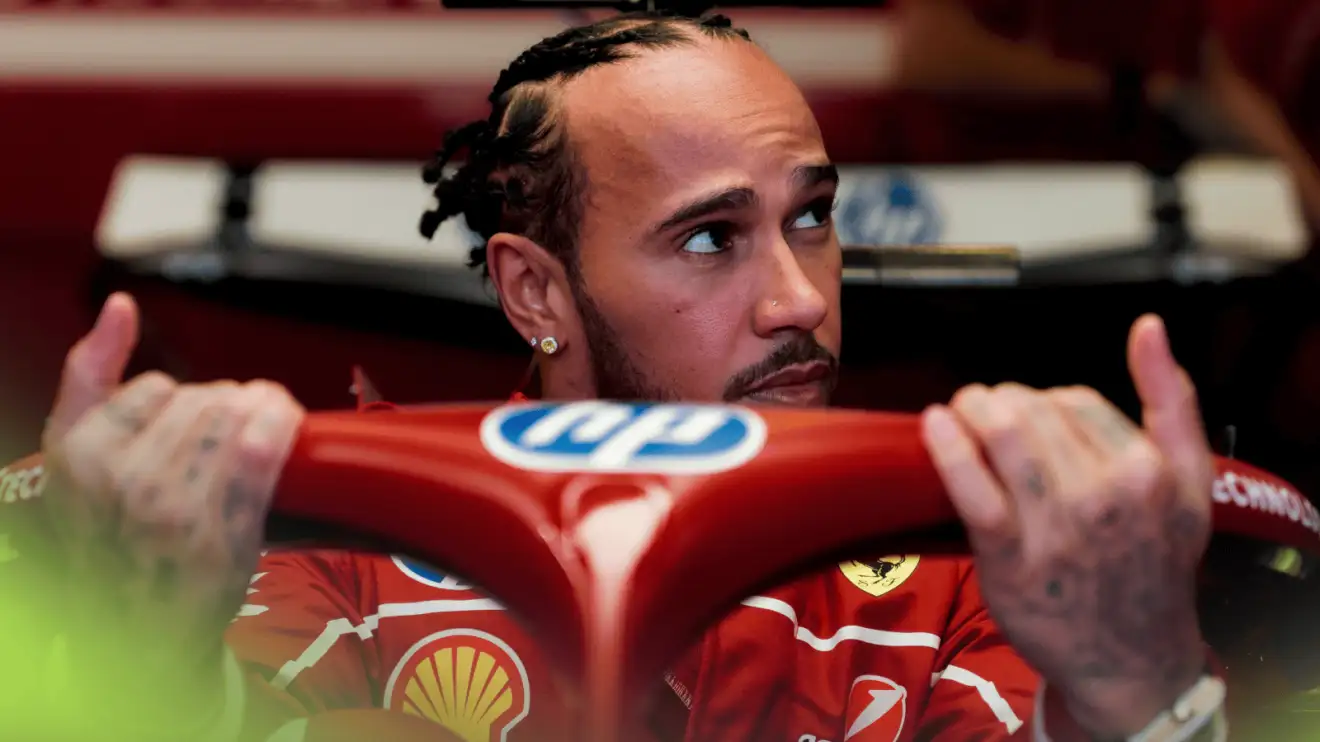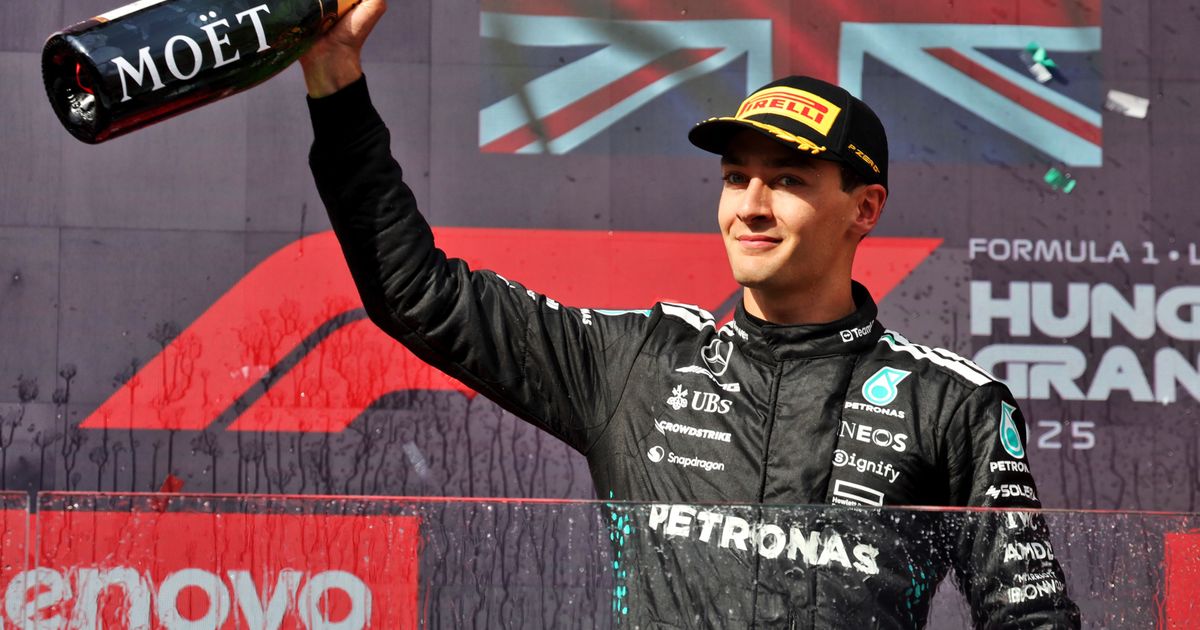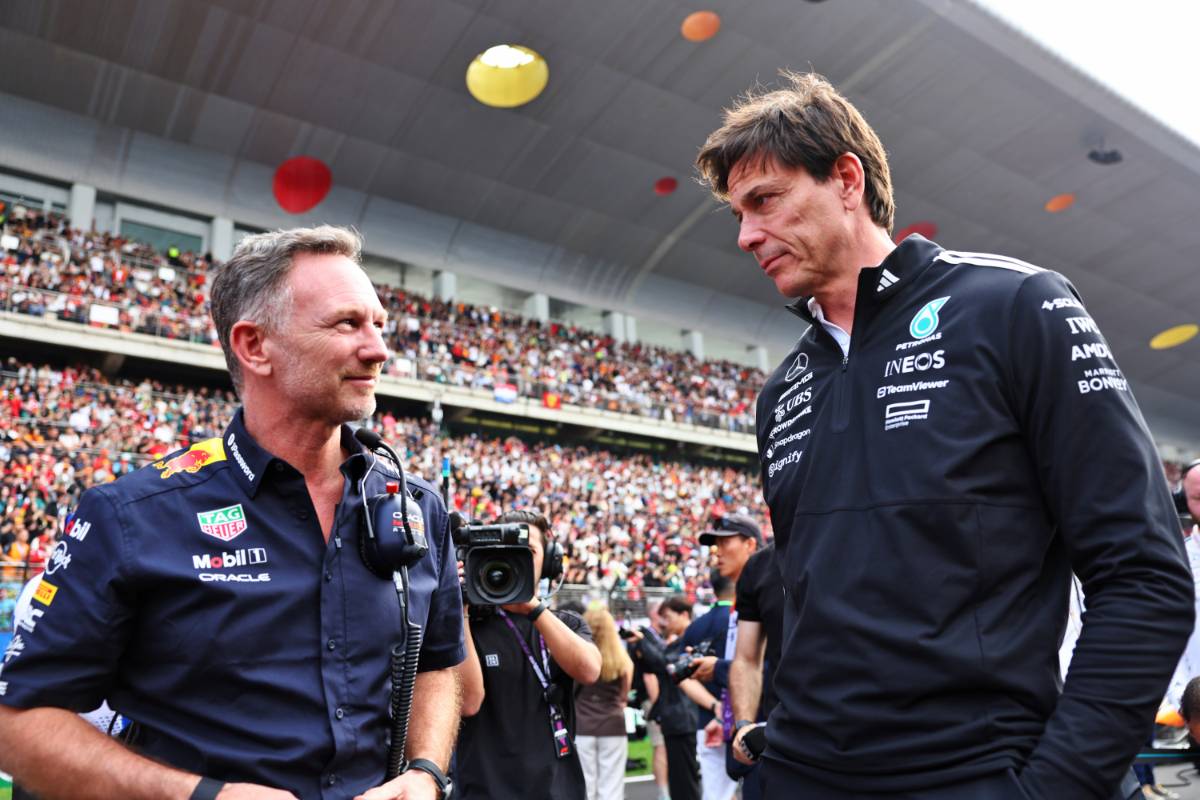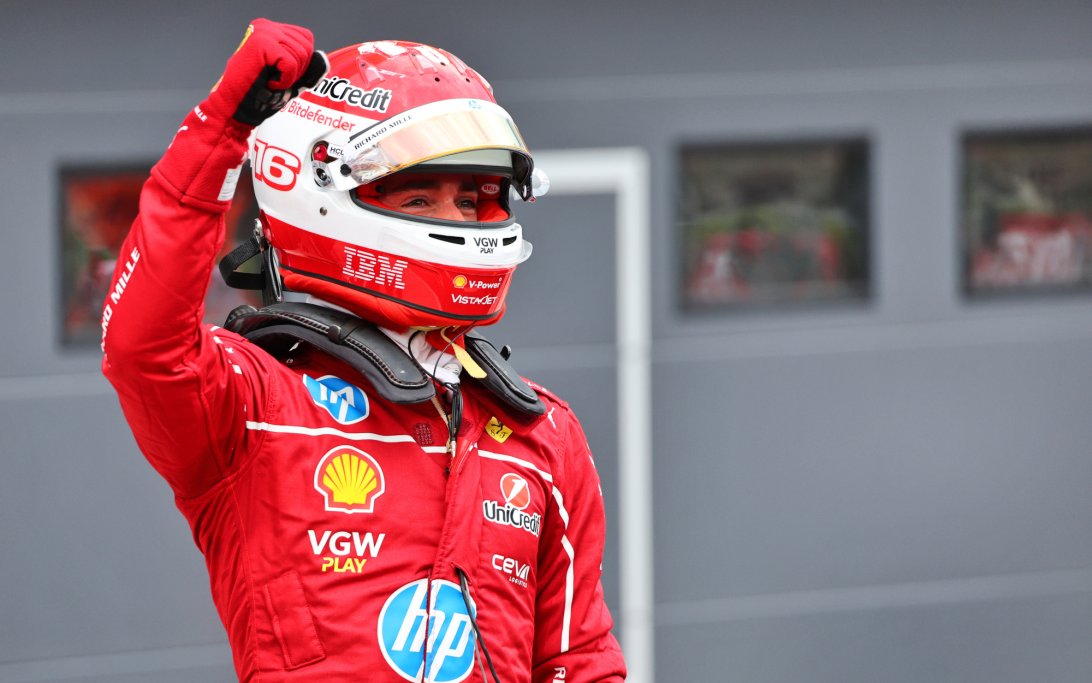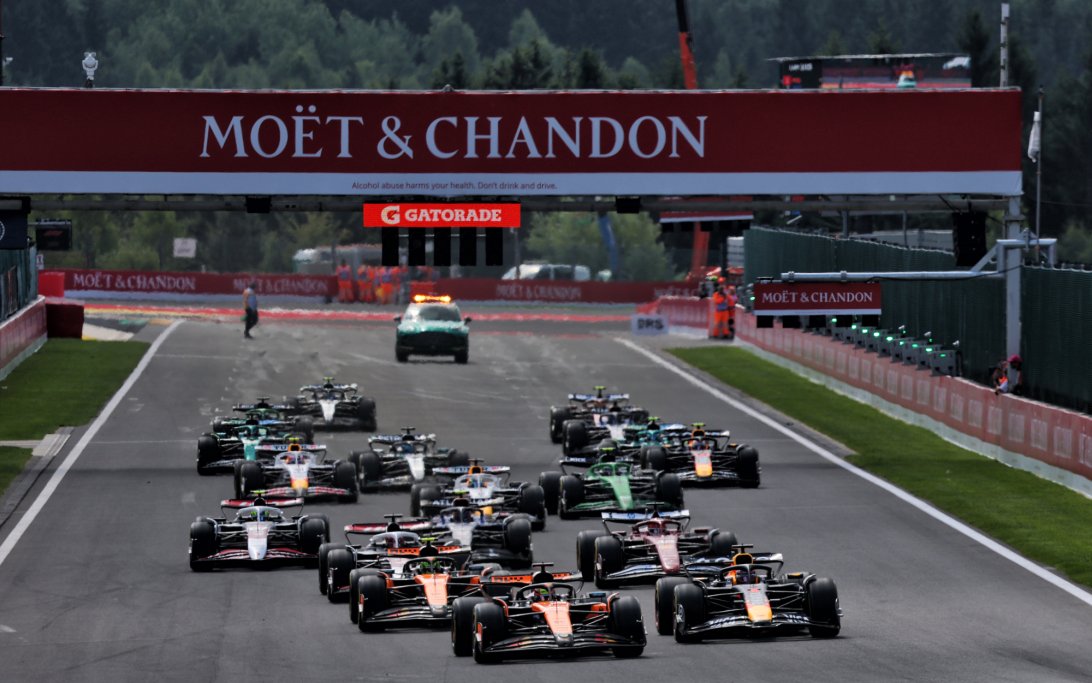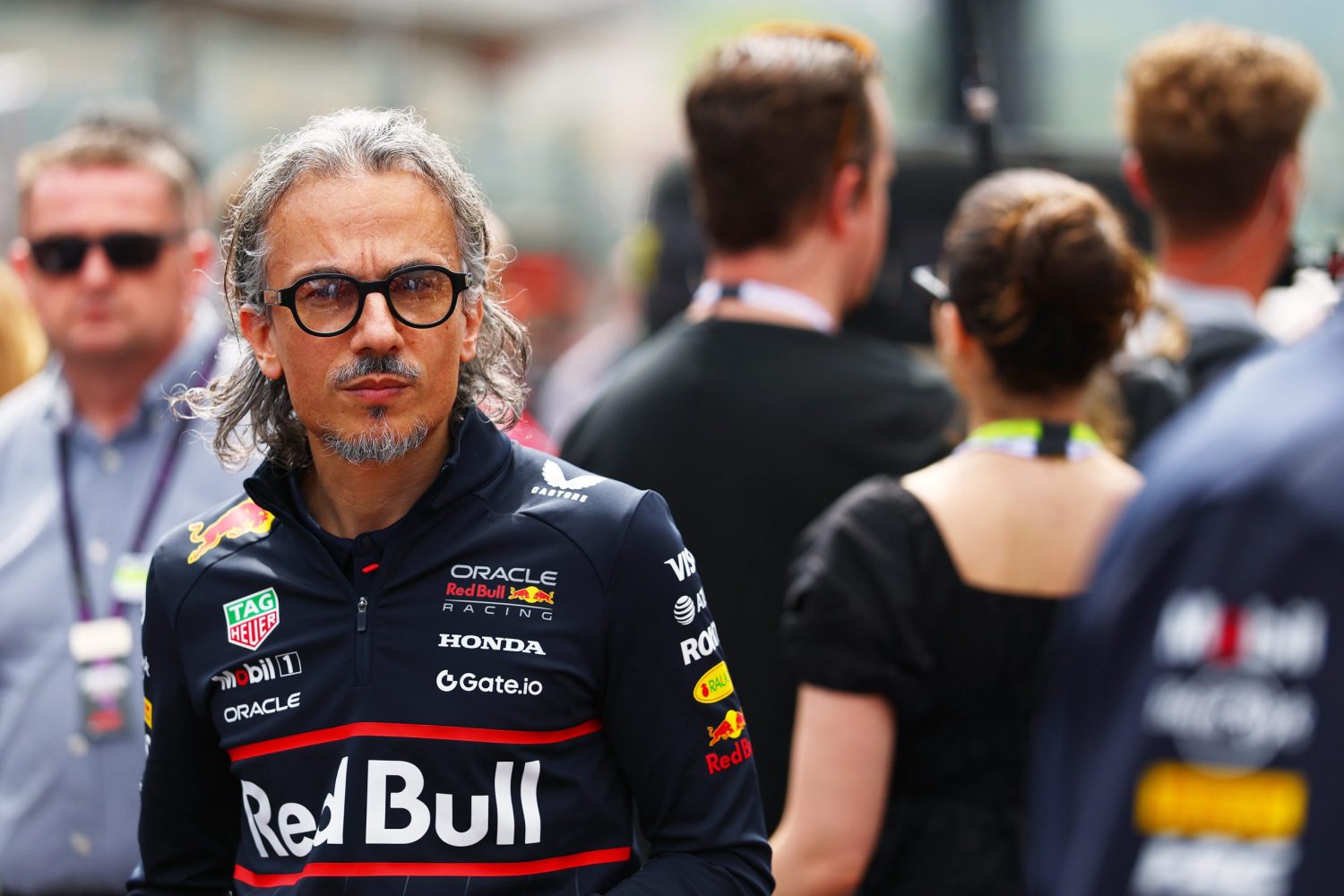The 2025 Belgian Grand Prix began with an 80-minute delay due to severe wet-weather conditions and poor visibility. While criticism mounted against F1 and the FIA for being overly cautious, Aston Martin's Fernando Alonso proposed a radical solution: better tarmac.
Why it matters
The significant delay at Spa highlighted ongoing concerns about racing safety and visibility in heavy rain. Drivers reported almost zero visibility due to excessive spray from current F1 cars, reigniting debates on how to proceed safely in wet conditions.
The core problem
Pirelli's wet tyres displace an enormous 85 liters of water per second per tyre, creating dense spray that drastically reduces visibility for following cars. Fernando Alonso points out that since the 2017 regulations and wider tyres, visibility has noticeably worsened, contributing to major accidents, especially at Spa.
Alonso's innovative proposal
Alonso suggests that a change in circuit tarmac could be the key. He references highways designed for "zero spray" as a model.
- Concept: Implement specialized, porous asphalt that drains water more efficiently, significantly reducing airborne spray.
- Analogy: Contrasts modern, "mirror-like" wet asphalt with older circuits like Sepang, where racing in heavy rain was historically less problematic.
- Potential Impact: Improved visibility would allow races to start and continue more safely in wet conditions.
Support and challenges
Carlos Sainz supports the idea of F1 innovating with different tarmac types. However, implementing such a solution faces hurdles:
- Tyre Degradation: Potential impact on Pirelli tyre wear in dry conditions.
- Cost: Repaving F1 circuits is extremely expensive.
- Effectiveness: No absolute guarantee of eliminating spray completely.
Despite the obstacles, the debate underscores the critical need for advancements in wet-weather racing safety.





